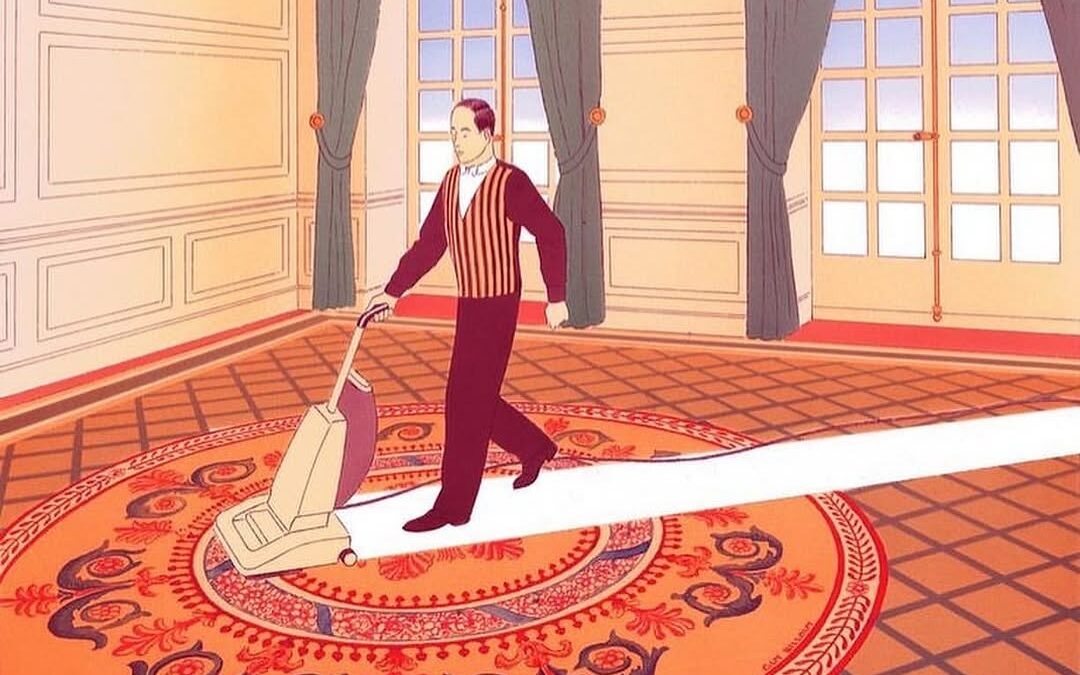Celebrated Hungarian author László Krasznahorkai has been awarded the 2025 Nobel Prize in Literature for a visionary body of work that reaffirms the power of art amid apocalyptic terror.
The Swedish Academy recognized László Krasznahorkai for “a captivating and visionary oeuvre that, amid apocalyptic dread, reaffirms the power of art.” Born in Gyula, Hungary, in 1954, the 71-year-old novelist has long been regarded as one of Europe’s most singular literary voices. His novels — including Satantango (1985) and The Melancholy of Resistance (1989) — brought him international acclaim and were both adapted into films by his compatriot, director Béla Tarr.
A visionary of Central European literature
“Krasznahorkai is a great epic writer in the Central European tradition that stretches from Kafka to Thomas Bernhard, marked by absurdity and grotesque excess,” said Anders Olsson, chair of the Nobel Committee. The Academy highlighted not only Satantango — a haunting allegory set in a decaying rural village near the Romanian border — but also his more recent novel Herscht 07769.
Described by the Swedish Academy as “a great contemporary German novel,” Herscht 07769 portrays social unrest in a small Thuringian town, where chaos, violence and arson echo the existential unease of modern Europe. The story unfolds, the Academy notes, “under the powerful legacy of Johann Sebastian Bach,” merging brutality and beauty in an “impossible union.”
Between melancholy and apocalypse
The American writer Susan Sontag once called Krasznahorkai a “master of the apocalypse,” a label that has followed him throughout his career. His fiction often explores the fragility of human order against cosmic or moral collapse, written in long, unbroken sentences that mirror the rhythm of obsession and despair.
Krasznahorkai’s literary debut, Satantango, follows a group of isolated villagers manipulated by a mysterious outsider. Structured like a tango — six steps forward, six steps back — the novel is composed of extended paragraphs without breaks, creating a hypnotic reading experience. Its film adaptation by Béla Tarr, shot in stark black and white, lasts nearly seven hours and is considered a milestone of slow cinema.
Resistance, allegory and recognition
Published in 1989, The Melancholy of Resistance solidified his reputation as a major European novelist. The book tells of a traveling circus that arrives in a provincial town carrying a giant preserved whale — a surreal image many critics interpreted as an allegory for the collapse of communism in Eastern Europe. The work was later adapted for film as Werckmeister Harmonies and as an opera.
Throughout his career, Krasznahorkai has continued to expand his themes of decay, redemption and transcendence in works such as War and War, Seiobo There Below, and Herscht 07769. His prose, dense yet lyrical, offers readers a glimpse into humanity’s confrontation with chaos and the possibility of grace within ruin.
To further explore his literary universe, you can discover seven essential books by László Krasznahorkai.
A Nobel that honors persistence and vision
This is the second time Hungary has received the Nobel Prize in Literature — the first being Imre Kertész in 2002. Krasznahorkai’s recognition underscores the enduring vitality of Central European literature and its ability to illuminate the universal tensions between order and disintegration, faith and futility.
For more global art and literary updates, visit our News section.











